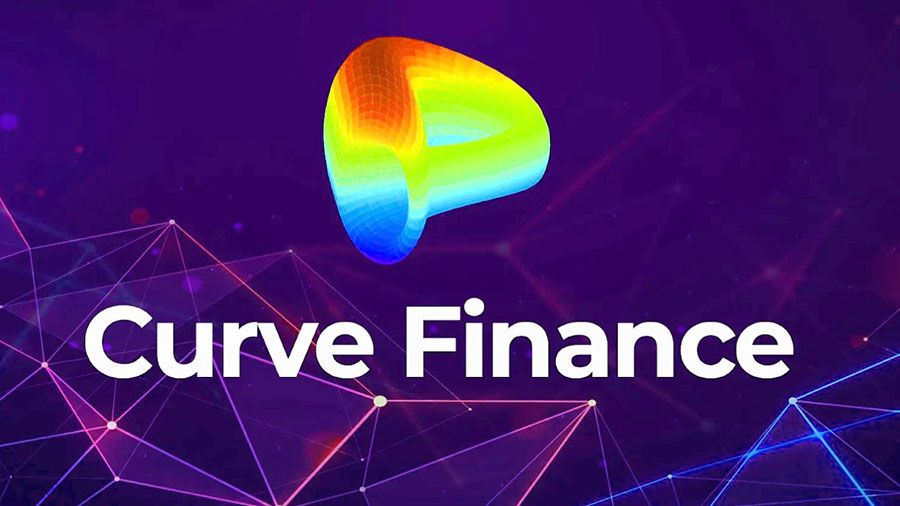The developers of the DeFi Curve Finance protocol have implemented a new model of work in the USDT / wETH / wBTC pool, which will allow achieving greater liquidity in the pool of volatile cryptoassets.
The developers of Curve Finance, a decentralized exchange (DEX), have released a White Paper that describes a model for achieving greater liquidity in a pool of volatile cryptoassets using dynamic price pegging. The new version of Curve should appeal to liquidity providers as it will offer the depth of liquidity that Uniswap provides without the need for proactive management.
Curve also offers liquidity mining capabilities. Curve deployed a new model in the USDT / wETH / wBTC pool on Ethereum. The protocol has also been deployed on a second level Polygon solution, where there are wETH and wBTC available for trading with various stablecoins, also using a new model. The White Paper compares the new approach to Uniswap version 2.0:
“We concentrate the liquidity that the current price of the“ inner oracle ”provides, but we move this price only when the loss is less than the part of the profit that the system receives. This creates 5-10 times more liquidity than the Uniswap option, as well as higher returns for liquidity providers. ”
While only one pool has implemented the new model so far, Curve CEO Mikhail Egorov confirmed that this augurs well for other similar proposals. The protocol identifies an internal price peg based on Curve trades and concentrates liquidity around it. The peg may shift, but this will only happen if the move does not result in too much loss for liquidity providers.
“You have some liquidity in a very narrow range, and the rest in a very wide range, and you are shifting the range,” Egorov said.
Pools of stablecoins will continue to work as before. The new model is just for Curve to expand to more pool types. Egorov expects Curve v2 to be similar to Uniswap v3 for liquidity providers.
According to DeFi Pulse, the total value of frozen assets on Curve is now $ 7.2 billion versus $ 6.4 billion on Uniswap. Recall that in February, the developers of the DeFi Curve Finance protocol found a vulnerability affecting the new yVault2 liquidity pool, as a result of which the pool had to be closed.







